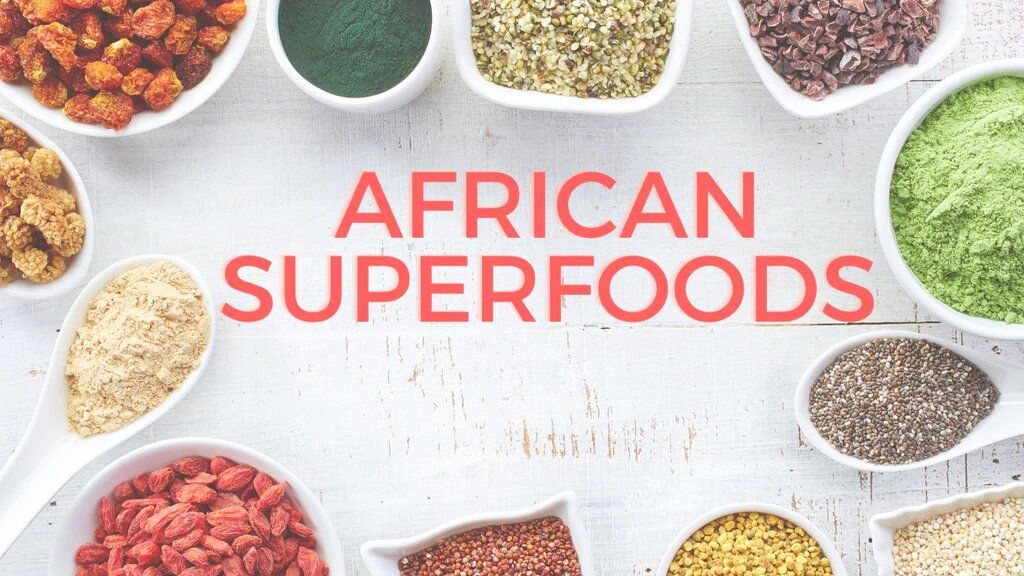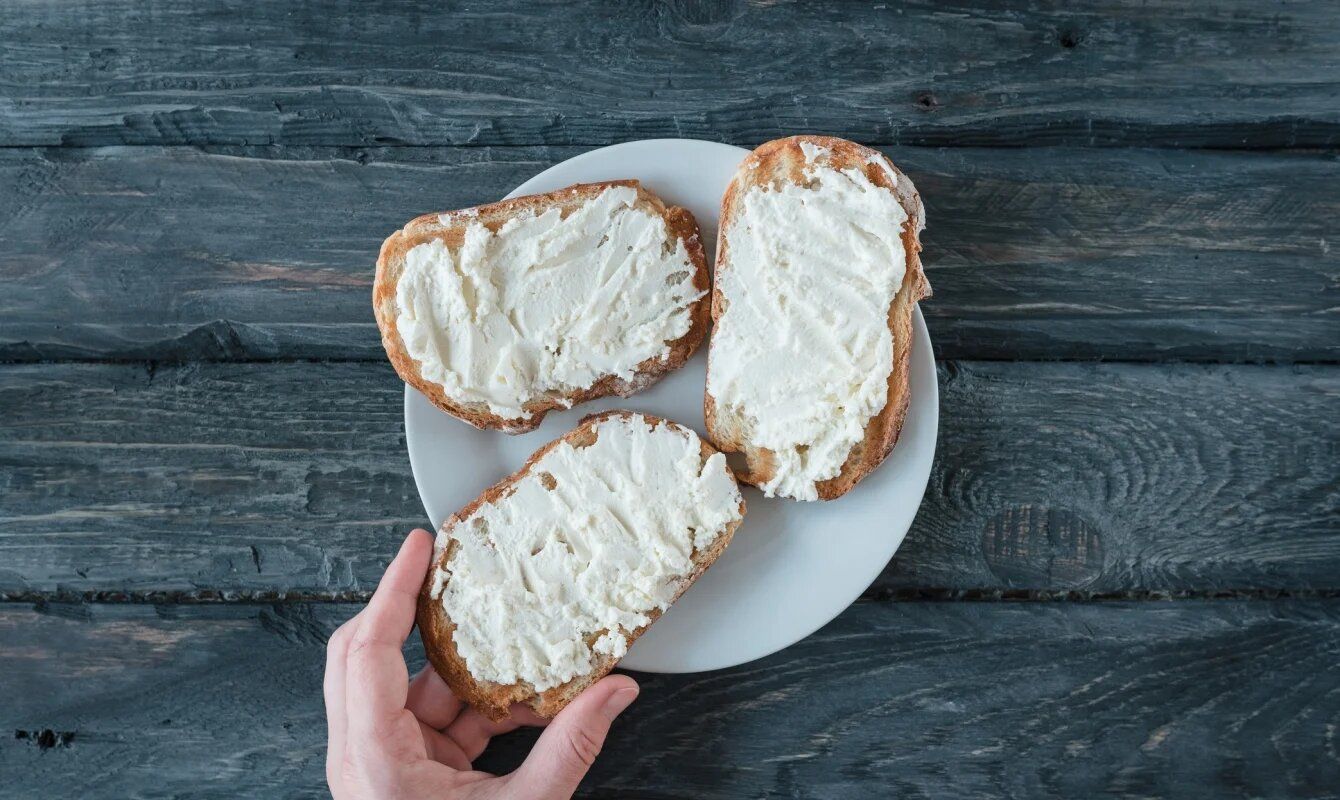Best Eating Ways To Slimmer Waistline: Fat-Burning Foods To Supercharge Metabolism
In today’s fast-paced world achieving and maintaining a slimmer waistline remains a common goal for many. Amid the plethora of diet plans and fitness regimens the key to waistline reduction often lies in the more forwardh of integrating specific foods and eating habits into our daily lives. This comprehensive guide delves into the best eating ways to sculpt a slimmer waist highlighting fat-burning foods that supercharge metabolism and offer healthy eating tips. Whether you want to revamp your dietary habits or refine your current regimen this article is your go-to resource for embarking on a waist-slimming journey.
Understanding Fat-Burning Foods
Fat-burning foods refer to those that stimulate metabolism enhance fat oxidation and lead to greater energy expenditure. Incorporating these foods into your diet can be a game-changer for waistline reduction. Not only do they assist in shedding excess fat but they also play a crucial role in overall health maintenance.
Top Fat-Burning Foods for a Slimmer Waist
- Green Tea: Rich in antioxidants and catechins green tea boosts metabolism and enhances the body’s ability to burn fat.
- Whole Grains: Foods like quinoa brown rice and oats require more energy to break down thus increasing calorie burn.
- Lean Protein: Sources such as chicken turkey and legumes keep you fuller for longer and require more digestion energy.
- Spicy Foods: Ingredients like chili peppers contain capsaicin which has been shown to promote calorie burning.
- Citrus Fruits: Fruits such as grapefruits and lemons help detoxify the liver thus enhancing its fat-burning efficiency.
Healthy Snacks for a Slimmer Waist
Snacking smartly is crucial in maintaining a healthy metabolism while keeping those hunger pangs at bay. Opt for snacks that are high in protein and fiber such as:
Greek yogurt with berries
- Almonds and walnuts
- Sliced apple with peanut butter
- Vegetable sticks with hummus
These snacks are nutritious and aid in sustaining energy levels and preventing overeating during main meals.
Side Effects of Eating Fat-Burning Foods
While integrating fat-burning foods into your diet is beneficial it's important to approach this change with balance. Overconsumption of certain foods even healthy ones can lead to digestive issues nutrient imbalances and in some cases weight gain. Listening to your body and maintaining a varied diet is key to avoiding potential side effects.
Waistline Reduction Diet: A Balanced Approach
A waistline reduction diet emphasizes a balanced intake of nutrients focusing on foods that aid in fat loss while ensuring the body receives the necessary vitamins and minerals for optimal functioning. Such a diet includes a healthy mix of:
- Lean proteins
- Whole grains
- Fruits and vegetables
- Healthy fats from avocados nuts and seeds
Healthy Eating Tips for a Slimmer Waist
- Stay Hydrated: Drinking adequate water throughout the day can boost metabolism and control hunger.
- Practice Portion Control: Eating smaller more frequent meals can prevent overeating and help maintain steady energy levels.
- Avoid Processed Foods: Minimizing processed foods and sugar intake is crucial for reducing fat accumulation around the waist.
- Incorporate Physical Activity: Combining healthy eating with regular exercise enhances fat loss and metabolism.

What Eating Habits Help Preventing Growing Fat Percentage In Our Body?
Preventing an increase in body fat percentage requires a multifaceted approach combining mindful eating habits with a well-balanced diet and regular physical activity. By adopting certain eating habits individuals can significantly impact their body's ability to maintain a healthy weight and composition. Here are expanded insights into key habits that help prevent the growing fat percentage in our bodies:
1. Prioritize Whole Nutrient-Dense Foods
- Focus on Whole Foods: Incorporate a variety of fruits vegetables whole grains lean proteins and healthy fats into your diet. These foods are rich in essential nutrients and fiber which help keep you satiated longer and prevent overeating.
- Choose High-Fiber Options: Foods high in fiber such as legumes whole grains fruits and vegetables can help regulate your appetite and improve digestion reducing the likelihood of fat accumulation.
2. Practice Mindful Eating
- Listen to Your Body: Pay attention to hunger and fullness cues to avoid overeating. Eating slowly and without distractions allows you to enjoy your food more and recognize when you're satisfied.
- Avoid Emotional Eating: Identify and address emotional triggers that lead to eating when not hungry. Finding healthier ways to cope with emotions can prevent unnecessary calorie intake.
3. Control Portion Sizes
- Use Smaller Plates: Serving meals on smaller plates can help control portion sizes and reduce the likelihood of overeating.
- Understand Serving Sizes: Familiarize yourself with the recommended serving sizes for various foods to avoid consuming more than your body needs.
4. Limit Sugary and Highly Processed Foods
- Reduce Sugar Intake: Foods and beverages high in added sugars contribute to excess calorie intake and can lead to weight gain. Opt for natural sweeteners and limit sugary snacks and drinks.
- Choose Less Processed Options: Processed foods often contain unhealthy fats added sugars and high sodium levels which can contribute to fat accumulation. Opt for fresh or minimally processed foods whenever possible.
5. Incorporate Healthy Fats
- Select Healthy Fat Sources: Including healthy fats such as avocados nuts seeds and olive oil can help with satiety and provide essential fatty acids necessary for overall health.
- Balance Fat Intake: While healthy fats are beneficial they are also calorie-dense so moderating intake based on your daily calorie needs is important.
6. Stay Hydrated
- Drink Plenty of Water: Sometimes thirst is mistaken for hunger. Drinking adequate daily water can help control appetite and support metabolic processes.
7. Plan Meals and Snacks
- Prepare in Advance: Planning meals and snacks ahead of time can help you make healthier choices and avoid the temptation of fast food or processed snacks.
- Keep Healthy Snacks Handy: Having readily available healthy options can prevent reaching for high-calorie nutrient-poor snacks when hungry.
8. Combine Eating Habits with Regular Exercise
- Stay Active: Regular physical activity including both cardio and strength training helps burn calories build muscle and boost metabolism making it easier to maintain a healthy body fat percentage.
Conclusion
Achieving a slimmer waistline is a journey that combines the right dietary choices with lifestyle modifications. By incorporating fat-burning foods into your diet practicing healthy eating habits and staying active you can supercharge your metabolism and sculpt a more defined waist. Remember the goal is aesthetic improvement and fostering a healthier more balanced lifestyle. Start making these changes today and you'll see a difference in your waistline and feel a significant improvement in your overall well-being.






